No products in the cart.
Are you looking for some privacy in the garden or want to reduce traffic noise? Then we have a solution for you! Here we have the American Pillar Arborvitae plants that work well as a privacy hedge. These outdoor trees are the perfect natural privacy screen growing at full speed.
Botanical Name: Thuja occidentalis
Other Name: American Pillar Arborvitae, Eastern Arborvitae, or White Cedar
Plant Type: Evergreen Conifer
Native Areas: Canada and North-Eastern USA
Light Requirements: Sun to Partial Shade
Watering: Medium to Wet
Fertilizer: Slow-Release Fertilizer
Growth: Up to 50 Feet Tall
Propagation: Semi-Hardwood Cuttings
Soil Type: Well-Drained Soil
Temperature: Humid Climates
Toxicity: Toxic To Animals and Humans
USDA Hardiness Zone: 2 to 7
More About American Pillar Arborvitae
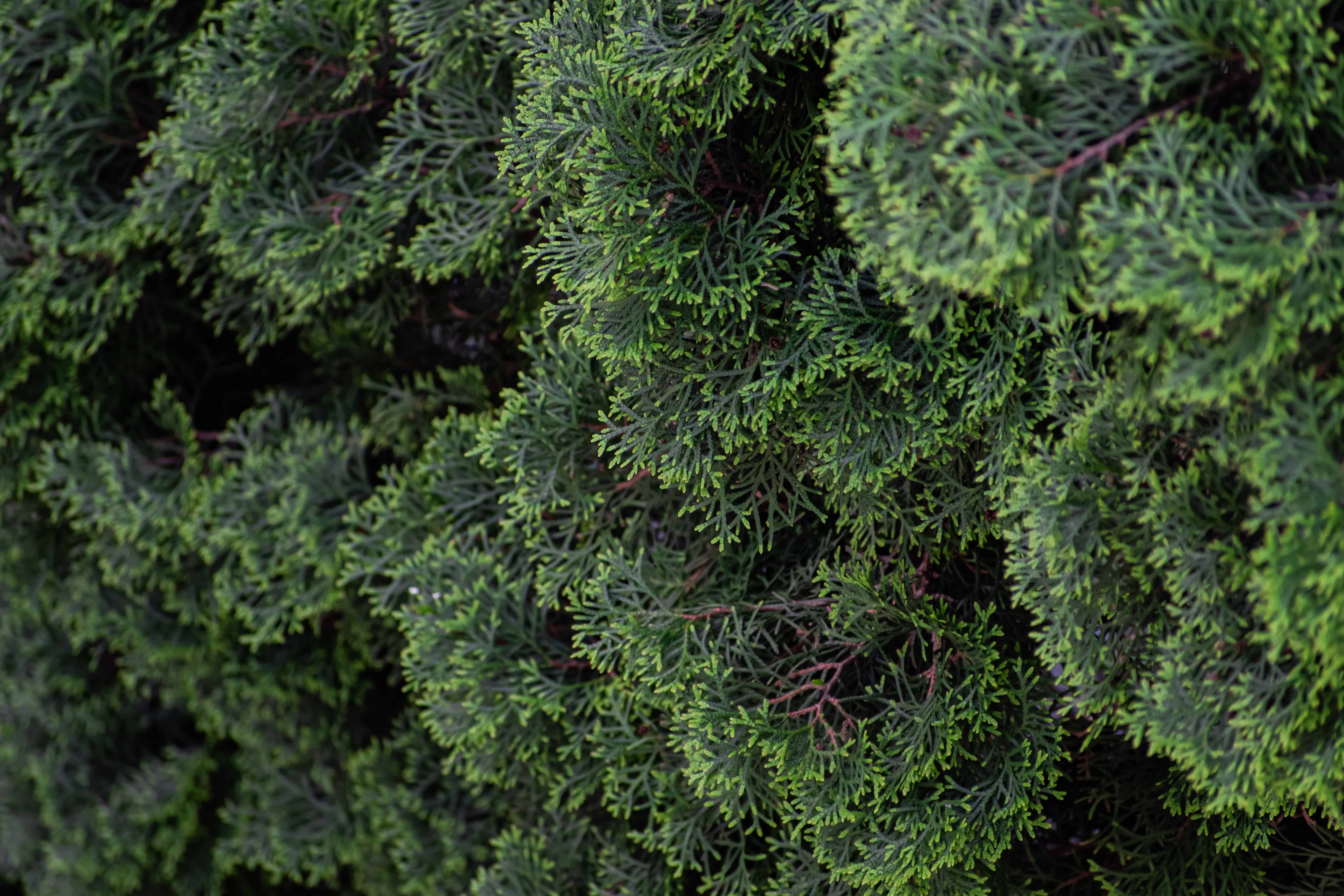
The American Pillar can reach from 20 to 50 feet high, depending on the environment. Still, you can find some dwarf conifer varieties growing in container sizes.
Yet, the hedge American Pillar Arborvitae is exceptionally growing on a border. With its versatility, it grows as an ornamental plant in a small garden. You can grow some cultivars that only reach a height and width of 20 inches.
In the Thuja occidentalis genus, you find over 300 species with large shapes that grow conical or with a narrow pyramid shape to round. The trees grow a single trunk with a diameter of 3 feet wide.
The tree’s bark is reddish-brown with furrowed trenches and turns gray as it matures. At the same time, the foliage color is green or golden. The bark also shreds off in strips, growing in swamps to wet forests.
The problem is that the trees are not deer resistant, and it is best to keep them in mind when planted in the yard.
When to Plant Thuja Occidentalis American Pillar
The best time to plant your Arborvitae trees is in the fall. You find the trees becoming dormant at the end of autumn. Alternatively, you can plant it in early spring before new growth starts. Another benefit of the American Pillar Arborvitae is that you can still transplant from containers at 12 feet.
Arborvitae Trees Care
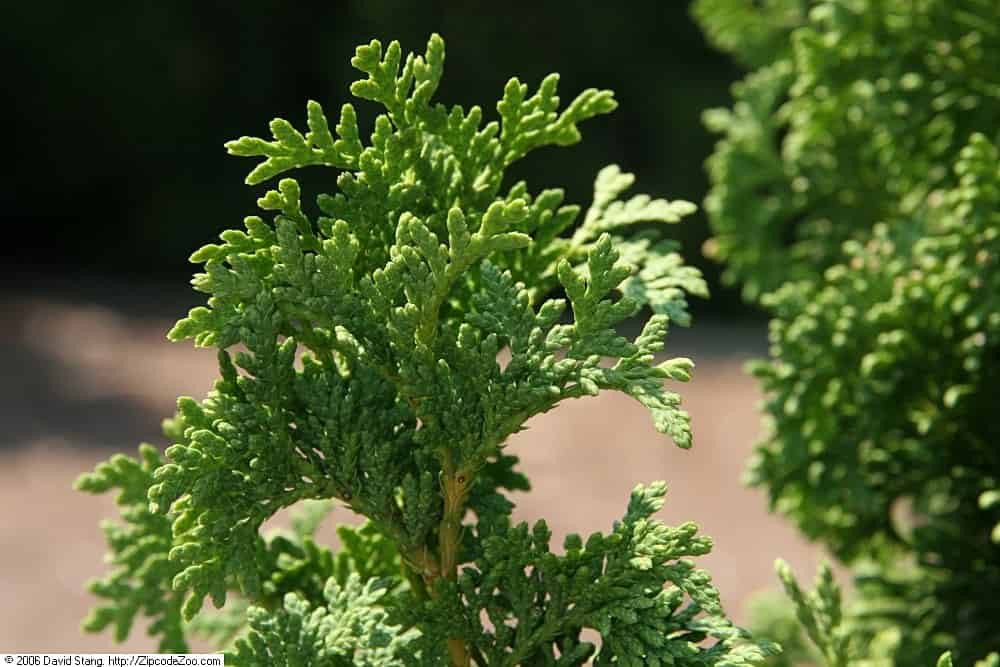
The American Pillar Arborvitae is also referred to as the Full Speed-A-Hedge. It has a dense growth habit that works well in most properties. But before we care for the plant Arborvitae, we have an exciting story to share.
One day John House was walking through his nursery and found an unusual branch mutation. This 85-year-old postponed retirement to patent the tree as he knew how valuable the American Pillar Arborvitae could be for all in the landscape.
The truth is that John was right, as it is a beautiful lush tree with dark green foliage year-round. You need not concern yourself with pine cone littering as it does not produce any.
The Best Soil Types For The Arborvitae
To plant American Pillar as a native tree, we recommend not placing them too close to power lines because of the height.

The Speed-A-Hedge American Pillar Arborvitae has a rapid growth rate. Therefore, you can plant young trees in well-draining soil but not in too-wet sites, as they can tolerate some dryness when established.
So, grab a spade to dig a hole twice as wide and deep as the root ball. You need not amend the soil but water well after placing it in the planting hole. If you want to add some nutrients, it helps to work in some compost and peat moss to make it drain well.
Still, they do prefer neutral to alkaline soil types.
Light Requirements For American Arborvitae Trees
American Pillar Arborvitaes prefer full sun for six hours in the morning with partial shade in the afternoon. These are fast-growing trees that flourish when receiving enough sun. It is also ideal for its space-saving habit when planting a few to form a screen.
 Thuja occidentalis under full sun @flicker
Thuja occidentalis under full sun @flicker
Watering Your Hedge American Pillar Arborvitae
The Full Speed-A-Hedge Arborvitae trees need more water when young. Mature container plants can gather moisture from the environment if you do not live in a dry area.
While they are heat tolerant, you need to water deeply in warmer climates when the shrub stands in full sun. So, water your young trees daily for ten minutes in the first growing season.
The frequency will decrease as your trees reach their mature height. But the rule remains to keep checking the soil if it is moist.
Another helpful thing is to add some organic mulch around the tree base to retain moisture.
Temperature and Humidity
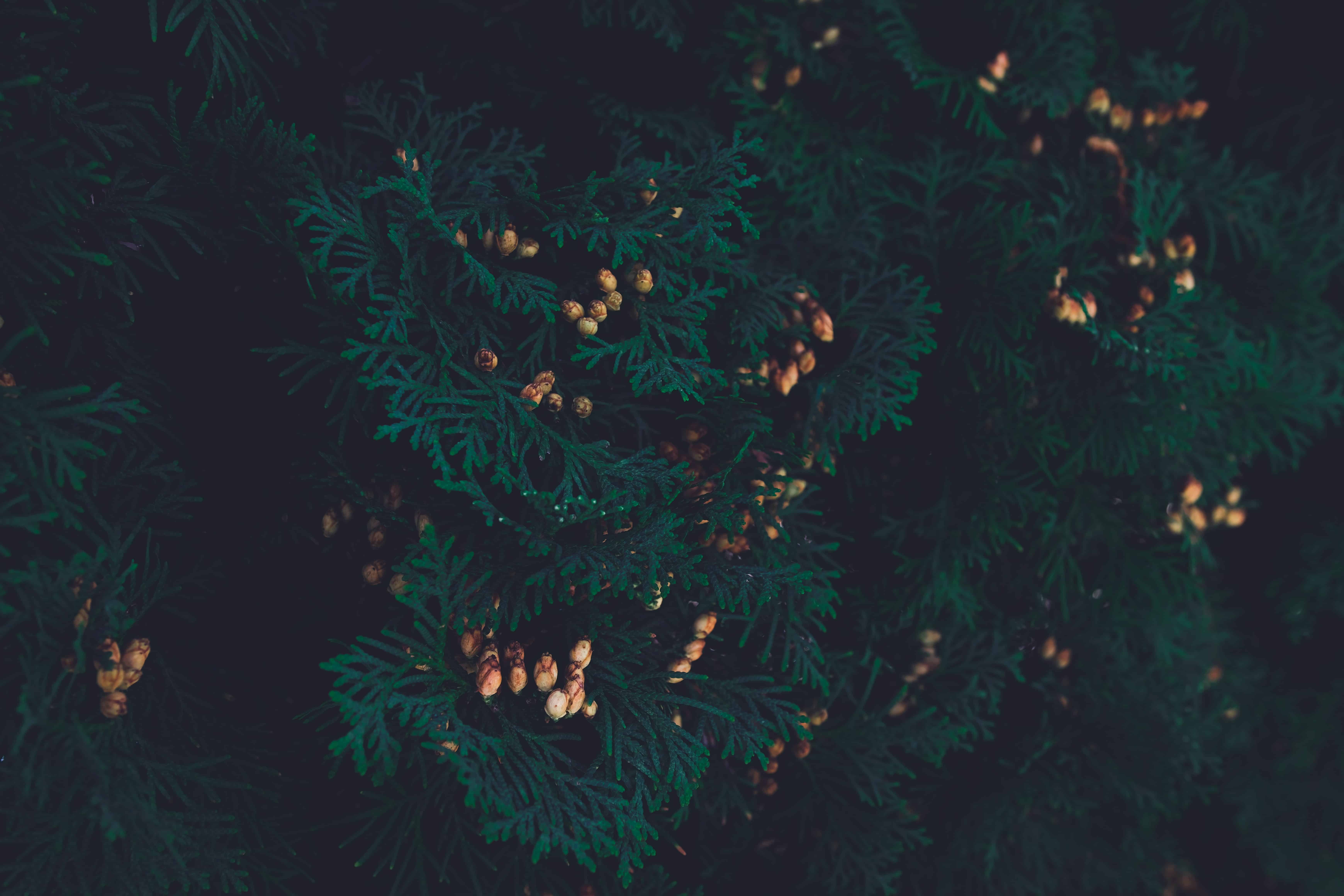
The American Pillar shrubs are cold hardy plants that are heat tolerant to some extent. Still, it thrives in cooler climates compared to hot regions. The important thing is to protect it from strong winds. These shrubs grow well in the growing zones 2 to 7.
Fertilizing American Pillar Shrub
When you plant Arborvitae, you must not fertilize them as it can lead to root ball burn in your young plant’s root system. Instead, use nutrient-rich soil. You can fertilize mature shrubs to help speed up growth and grow strong branches.
Also, do not feed your trees if they are sick, as it can stress out your plants more. The best time to fertilize your Full Speed-A-Hedge is early spring before new growth starts. It is also the only time you will feed your trees.
We recommend a slow-release fertilizer with 50% Nitrogen, like 10-8-6 or 12-6-4. Choose a granular one to prevent root burn and water deeply.
Pruning and Maintaining
When it comes to pruning your Full Speed-A-Hedge, it is best done in spring to keep the foliage neat and thick. Trim off the leafy parts on the branches, and be careful not to cut back into the bare wood.
You can also clip off the diseased, dead, and damaged branches. As you can see, it is a low-maintenance tree for pruning. When planting them in a row, they grow with a zig-zag pattern to form privacy hedges quickly.
Propagating The Hedge American Pillar Arborvitae
As the Speed-A-Hedge American Pillar Arborvitae is a fast grower, you can quickly propagate them with stem cuttings in late summer or fall.
Take a semi-hardwood cutting of about five inches long from the current year’s growth.
Next, remove the bottom leaves and leave some of the top ones.
Fill a small container with organic potting soil, like peat moss and sand.
Stick the cut end into some rooting hormone and the pot.
Water well and cover with a clear plastic bag to create a dome.
Then place the cutting in part sun and water when the soil is dry.
The stem cutting will take up to eight weeks to develop a root system, and you can remove the dome. Keep caring for the seedlings and transplant them into a bigger container. Then wait until the following spring to plant directly into the ground.
American Pillar Arborvitae Varieties
Regarding the Full Speed-A-Hedge, you can find different varieties to grow in your growing zone. These tall yet dense pyramidal evergreens have a strong central stem that can withstand ice, wind, to snow.
Brandon
The conical evergreen can reach heights of 15 feet and 8 feet wide. It has a mild fragrance with scale-like foliage. It can grow in different soil types with deep watering.
Art Boe
 Thuja occidentalis art boe @flickr
Thuja occidentalis art boe @flickr
The North Pole Arborvitae trees have a narrow upright growth suitable for containers. It can grow up to 15 feet in the ground.
Emerald Green
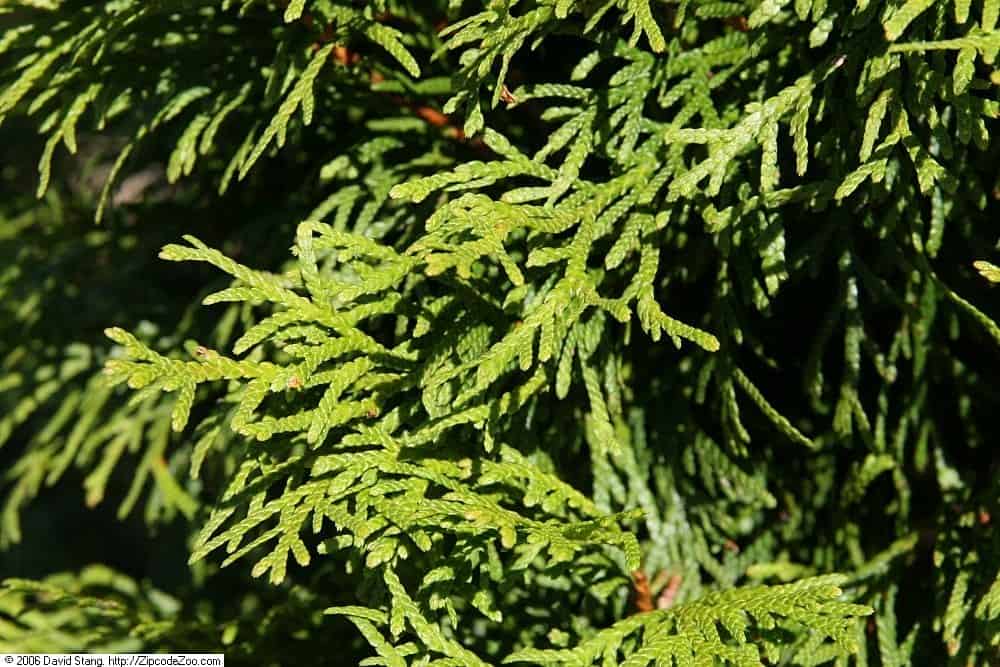
It makes for a favorite hedge growing up to four feet wide and 15 feet tall. It forms a wide yet tall column with green foliage.
Hertz Midget
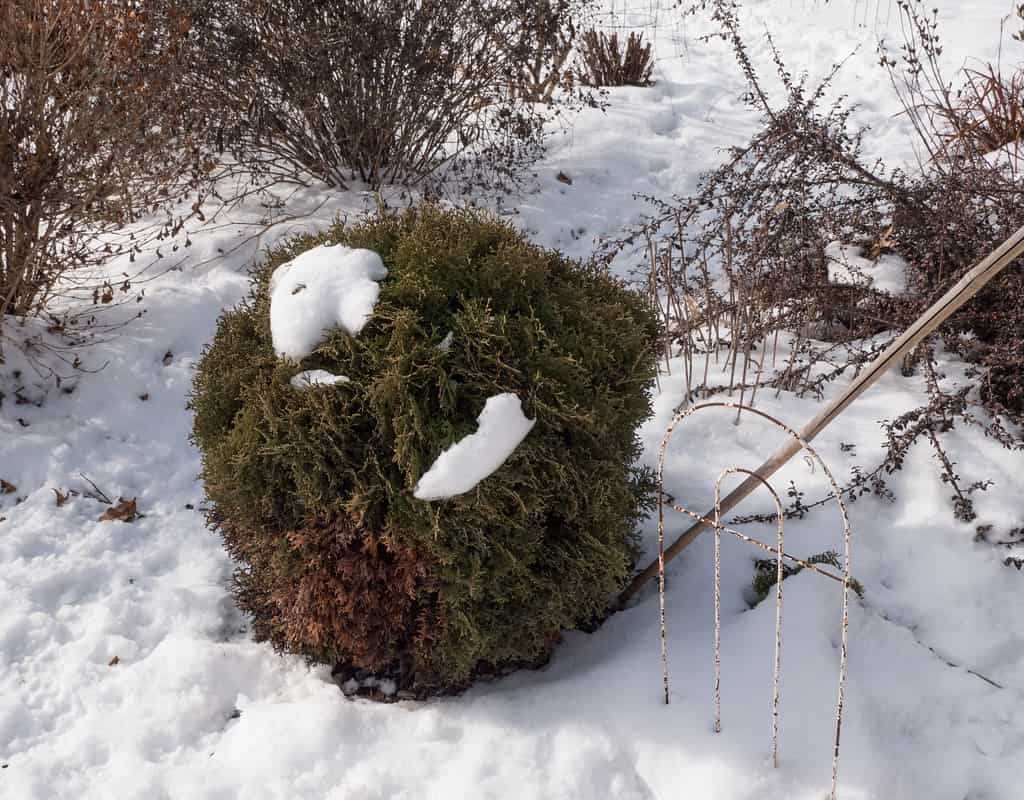 thuja occidentalis hetz midget @flickr
thuja occidentalis hetz midget @flickr
It is a dwarf variety reaching up to four feet tall with a round growth habit and is ideal for foundation planting to containers.
Tom Thumb
The shrub has a miniature growth reaching up to 15 inches tall with multiple dense stems and a rounded form.
American Pillar Arborvitae Diseases and Pests
The Speed-A-Hedge American Pillar Arborvitae is not bothered by many pests. But as with most plants, it helps keep an eye on spider mites and bagworms. The best way to control these insects is by removing them from the tree using a garden hose or insecticide spray. Other concerns are:
Arborvitae leaf miners
Needle blight
Botrytis twig blight
Root Rot From Overwatering and Poor Drainage
Some Wit And Wisdom About Arborvitae Trees
The first notable thing is that the name Arborvitae is a Latin form of the French word l’arbre de vie. The term means “tree of life.”
The Thuja genus is a Greek word meaning perfume.
The Arborvitae trees were the first species of North America to be introduced to Europe.
Another interesting thing is that the oldest Arborvitae tree is over a thousand years old.
The Native Americans used the roots to make baskets and brewed the leaves as tea.
The wood of the tree was used to build log cabins, paneling, do wood crafting, canoes, shingles, and form fence posts.
Frequently Asked Questions
The American Pillar goes by the botanical name Thuja occidentalis, while the Green Giant Arborvitae is Thuja standishii x T. plicata.
The American Pillar is native to Eastern Northern America, while the Green Giant Arborvitae is a hybrid between Japanese and Western North American species.
Hence, the Green Giant grows taller than the American Arborvitae trees by up to 50 feet. Also, the foliage changes throughout the year from green to bronze. But both are fast growers.
The American Pillar Arborvitaes can reach a mature width of four feet, making it ideal for growing as a hedge.
Yes, the trees are fast-growing, especially the Full Speed-A-Hedge, as it grows three feet a year during the first couple of growing seasons.
The good news is that you can buy the American Pillar Arborvitae trees here at Plantly. So, you need not leave the comfort of your home to visit a local nursery and can have it delivered to your front door.
Whether you want to buy, sell, or simply reach out to other plant enthusiasts, Plantly is the right place to be!


